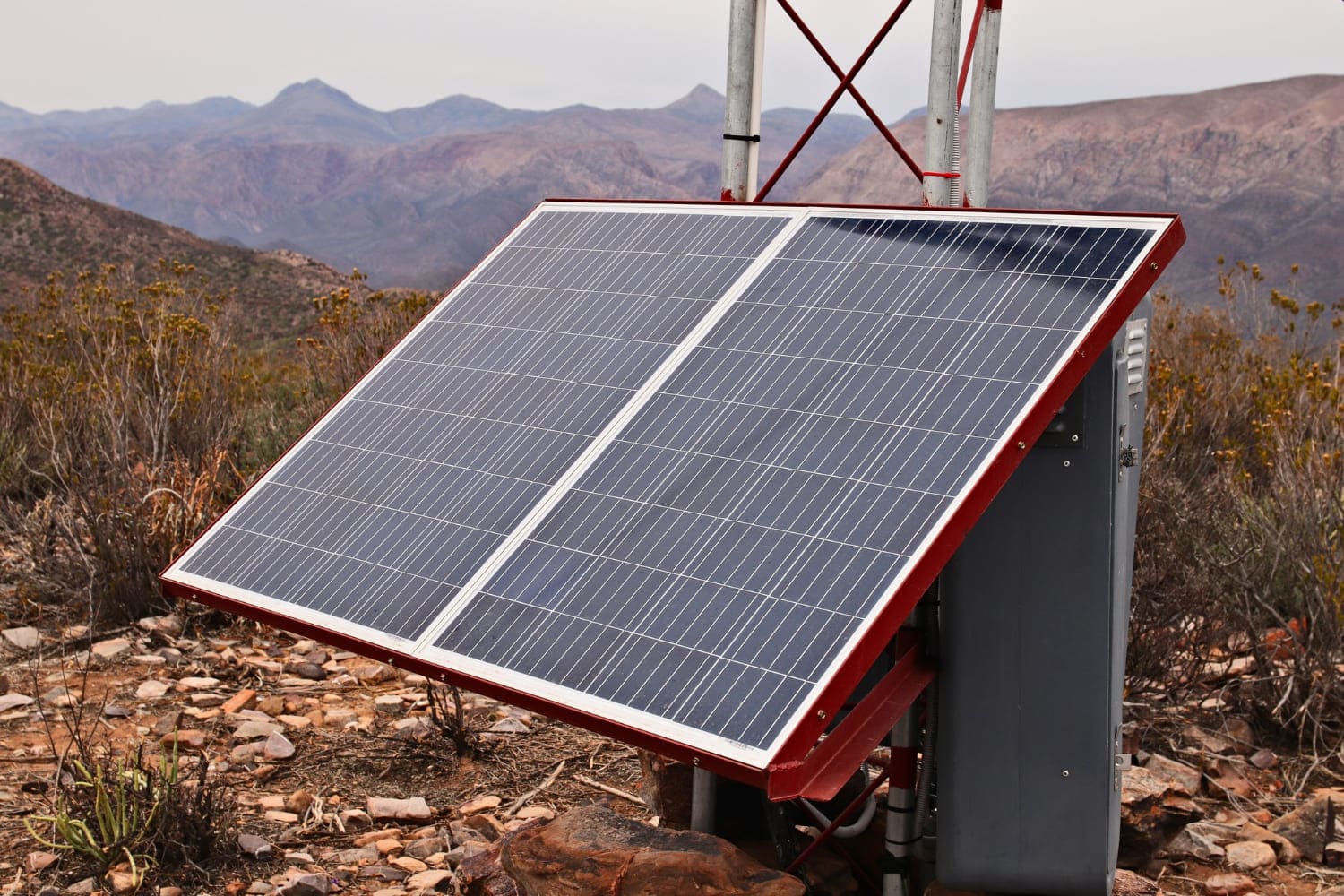

Rapid shutdown for solar systems is a mandatory NEC safety requirement that forces all solar panel conductors to drop to 30 volts or less within 30 seconds of disconnection, protecting firefighters and emergency responders. Most U.S. jurisdictions now enforce NEC 2017 or later, making module-level rapid shutdown (using microinverters or DC optimizers) compulsory for virtually all building-mounted solar installations.
Quick Answer: Solar rapid shutdown compliance requires three core components: (1) Module-Level Power Electronics like Enphase IQ or SolarEdge optimizers, (2) a clearly labeled RSD activation switch near the service disconnect, and (3) proper NEC 690.56(C)-compliant signage showing array boundaries. The most common permit rejection reasons are equipment compatibility issues, designing to outdated NEC versions, and inadequate labeling.
Meeting rapid shutdown solar 2025 compliance standards remains a persistent obstacle for solar installation professionals. A leading cause behind permit denials and failed inspections stems from incomplete comprehension of Rapid Shutdown (RSD) regulations. This isn't merely an administrative formality; it's a fundamental safety protocol that directly impacts your Authority Having Jurisdiction (AHJ) approval outcomes.
This resource will provide comprehensive clarity on rapid shutdown fundamentals, its critical importance, and proven strategies for engineering systems that satisfy NEC 690.12 compliance requirements throughout 2025.
Rapid Shutdown (RSD) represents a life-preservation mandate first incorporated into NEC 2014, with subsequent revisions in 2017 and 2020, specifically engineered to safeguard firefighting personnel. As renewable energy adoption continues to accelerate, these safety protocols have become increasingly critical.
The requirement guarantees that upon deactivation of the AC disconnect switch, every conductor located on rooftops and throughout the array perimeter reduces to safe voltage thresholds (≤30V within a 30-second window).
Simply stated:
"RSD enables emergency responders to operate safely in proximity to photovoltaic arrays during crisis situations."
The majority of Authorities Having Jurisdiction throughout the United States currently implement NEC 2017 standards or more recent editions, making module-level rapid shutdown a compulsory requirement. Understanding these evolving standards is essential for commercial solar installations as well as residential projects.
Commonly built into microinverter units or DC optimizer hardware. Examples include Enphase IQ Series models and SolarEdge Power Optimizer products. These components are critical considerations when specifying solar permit equipment requirements for your project documentation.
Typically positioned adjacent to the service disconnect panel. Requires prominent labeling stating "Rapid Shutdown Switch for Solar PV System." This switch placement follows guidelines established by IEEE's renewable energy technical standards.
Authorities Having Jurisdiction frequently deny permits due to absent or ambiguous RSD marking. Must align with NEC 690.56(C) specifications. Proper labeling is one of the most common mistakes that can be avoided with proper planning.

Equipment compatibility issues—pairing inverters and optimizers that fail to transmit RSD signals correctly. This is particularly problematic in off-grid system installations where component integration is critical.
Overlooking AHJ's NEC edition—creating designs based on 2014 NEC while AHJ mandates 2017 standards. Different states have varying requirements, as detailed in our California solar permit requirements and Texas solar permitting guide.
Inadequate labeling or ambiguous schematics—omitting shutdown perimeters or using unclear one-line diagram symbols. Resources like SolSmart's compliance tools provide helpful templates for proper documentation.
Skipping shutdown verification—Certain jurisdictions demand documented proof of RSD functionality prior to inspection approval. This verification step is covered in our complete solar permit application guide.

Verify which NEC edition your Authority Having Jurisdiction currently enforces. Understanding solar permitting processes in your specific jurisdiction prevents costly redesigns.
Select manufacturer-approved RSD components that integrate seamlessly with your inverter brand. ENERGY STAR certified equipment can guide equipment selection decisions.
Distinctly identify "array perimeters" and RSD switch placement within your plan documentation. Consider referencing solar radiation mapping data and NOAA climate data when designing optimal array layouts.
Apply all labels to equipment and installation sites prior to inspection scheduling to prevent correction requirements. Professional solar design and permitting services ensure all labeling meets current code requirements.
At Solar Permit Solutions, each solar permitting package delivers:
We guarantee your engineering documentation satisfies current RSD code revisions, preventing your permit from stalling during the review phase. Our approach aligns with global renewable energy reporting standards recommended by international standards organizations.
At Solar Permit Solutions, we work with over 2,000 jurisdictions across all 50 states, each with its own interpretation of NEC standards. Whether you're installing in California, Florida, or a rural Midwestern county, our permit packages reflect local code adoption, ensuring compatibility with AHJ expectations from the start.
Rapid shutdown transcends administrative compliance; it represents an essential safety protocol. Through comprehensive understanding of code mandates and incorporation of compliant RSD technology, contractors can eliminate plan corrections, construct safer installations, and establish credibility with Authorities Having Jurisdiction. These safety measures support broader UN sustainable energy initiatives championed by environmental organizations and align with World Bank energy sector development.
Looking for NEC 690.12–compliant engineering for your upcoming installation? Contact Solar Permit Solutions and receive RSD-ready documentation packages that achieve first-submission approval.
Most RSD-related permit rejections trace back to one issue: lack of engineering validation. Whether it's unclear voltage drop zones, mismatched shutdown devices, or incorrect NEC edition references, these mistakes can be avoided with PE-reviewed documentation.
That’s why every Solar Permit Solutions package includes detailed one-line diagrams, array boundary callouts, and NEC 690.12-specific shutdown circuit layouts, all stamped by licensed engineers in your project’s state.
Visit our educational blog resources for additional technical guides, or learn more from the American Solar Energy Society about industry standards and innovations.
Rapid shutdown is a safety mechanism that quickly reduces electrical voltage in solar panel systems to safe levels when the AC disconnect is deactivated. Specifically, it ensures all conductors within and around the array drop to 30 volts or less within 30 seconds. This protects firefighters and emergency personnel who may need to work near or on rooftops with solar installations during emergencies.
The applicable NEC version depends on what your local Authority Having Jurisdiction (AHJ) has adopted. Most jurisdictions across the United States currently enforce NEC 2017 or newer editions, which require module-level rapid shutdown. However, some areas may still use earlier versions or have already adopted NEC 2020 or 2023. Always verify with your specific AHJ before designing your system to avoid permit rejections.
Yes, virtually all building-mounted solar installations installed under NEC 2017 or later require rapid shutdown functionality. This typically means incorporating Module-Level Power Electronics (MLPEs) such as microinverters (like Enphase IQ Series) or DC optimizers (like SolarEdge products). The only exceptions might be ground-mounted systems located far from structures, but even these should be evaluated on a case-by-case basis with your AHJ.
The top reasons include using incompatible equipment that doesn't properly communicate shutdown signals between inverters and optimizers, designing to outdated NEC editions when the AHJ requires newer standards, and providing inadequate or missing labeling that doesn't comply with NEC 690.56(C), and submitting unclear electrical diagrams that don't properly show array boundaries or shutdown switch locations. Poor documentation causes more rejections than technical issues.
Test the system by activating the RSD switch and confirming voltage levels drop appropriately. Some jurisdictions require documented proof of successful shutdown operation before they'll approve inspection. Use a voltmeter to measure conductor voltage within 30 seconds of activation; it should read 30V or less. Document this test with photos or readings. Additionally, ensure all labeling is clearly visible and that the shutdown switch is properly marked as "Rapid Shutdown Switch for Solar PV System" near the service disconnect.
We are dedicated to providing top-notch solar permit services to homeowners, business owners, DIY, and solar installers. Contact us today.